I have already reported on the performance data of the Hue Bridge Pro, which is expected in September. The significantly more powerful bridge should be able to work with 150 lights and 50 accessories. The previous Hue Bridge was officially designed for 50 lights and 12 accessories, but slightly exceeding these numbers was not a problem until now.
Philips Hue and Hue inventor George Yianni have repeatedly mentioned that it is not possible to simply connect more lights together in a Zigbee network. “If you exceed the limit of 50 lamps, it can become less reliable, depending on the distribution of the lights in the house,” George Yianni explained in a YouTube interview in 2020, for example.
The big question now is: How does Philips Hue manage to increase the limit of 50 lamps so significantly with the Hue Bridge Pro? I will probably only get a concrete answer to this on September 3. But I would like to share my guess with you today.
I assume that three Zigbee radios are installed in the Hue Bridge Pro. This would allow the Hue Bridge to communicate with the lamps on three different radio channels. There would be three separate mesh networks that do not interfere with each other. However, the lamps are controlled centrally and quickly on the new “Hue Chip Pro,” so that a switch in network 1 can easily control a lamp in network 2.
Exactly how Philips Hue has solved the technical limitation with the Hue Bridge Pro remains to be seen. It is also unclear whether the 150 lamps are a hard limit or whether even more is possible.
I also assume that the limit could be significantly higher, but that Philips Hue wants to ensure that older lamps with Zigbee 1.0 can continue to be used without any problems.
Data transfer from multiple Hue Bridges to the Hue Bridge Pro
Another question that has come up frequently in recent days concerns the transfer of data from one or more Hue Bridges to the new Hue Bridge Pro.
Philips Hue will, of course, offer a corresponding function, as was the case almost ten years ago when the “square” Hue Bridge was introduced. At that time, it was possible to easily transfer the data and settings from the “round” Hue Bridge. I assume that a backup function will be introduced at the same time, which is also high on the wish list of many Hue users.
Hue Bridge Pro
$98.99 / €89.99


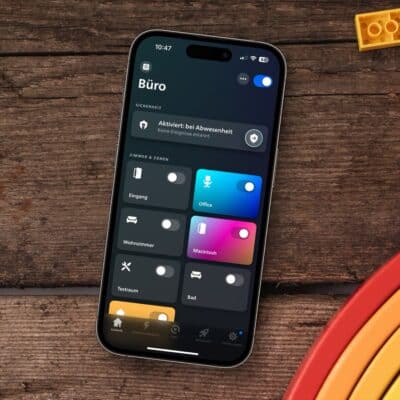

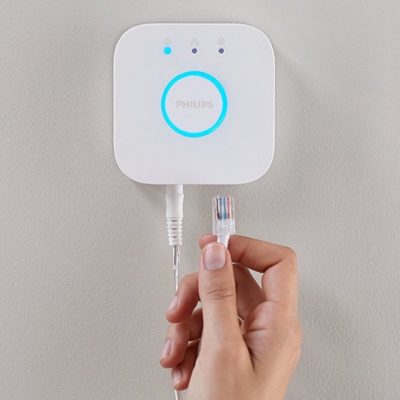
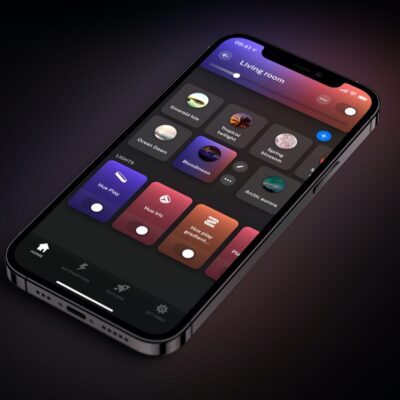
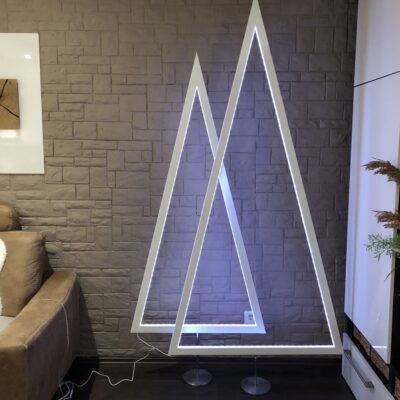
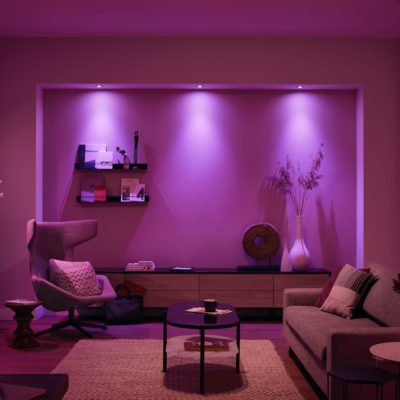
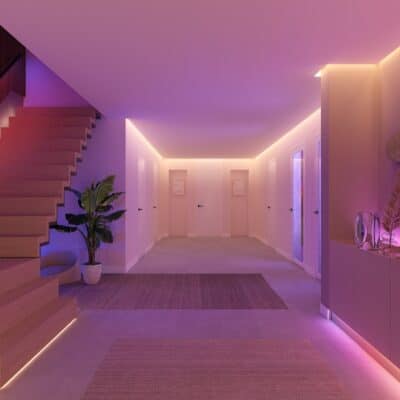
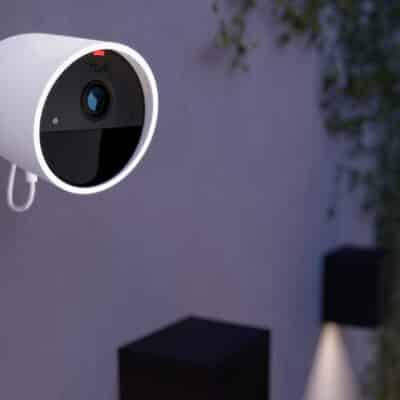
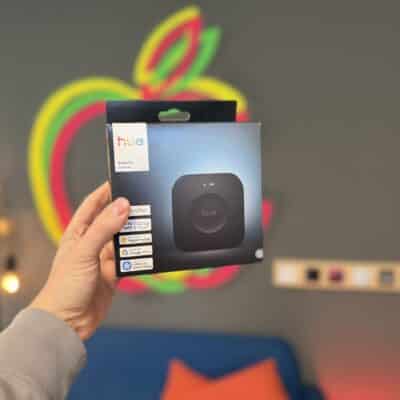
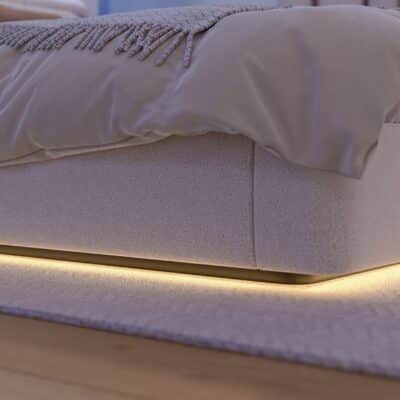
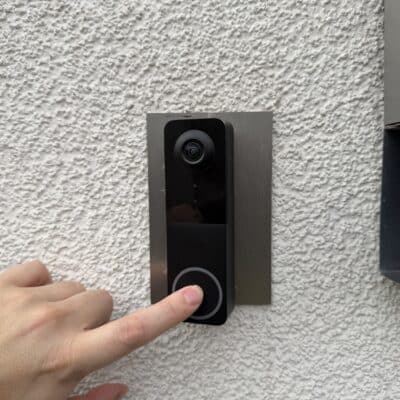
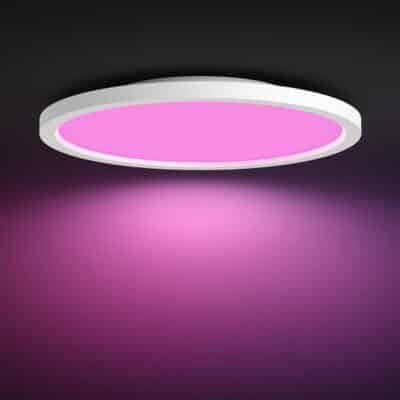

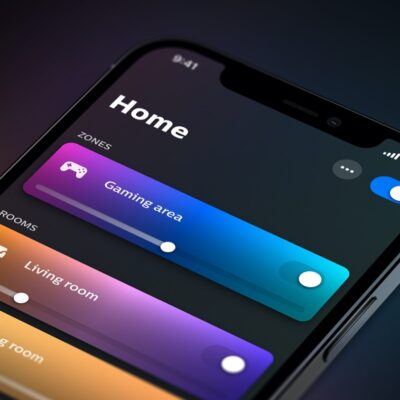


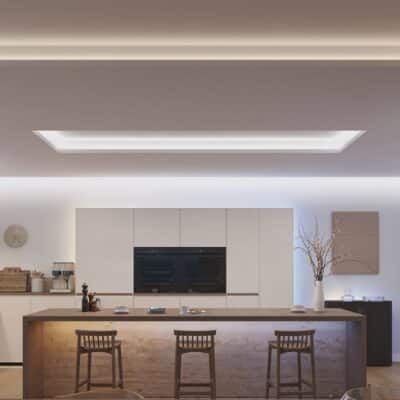

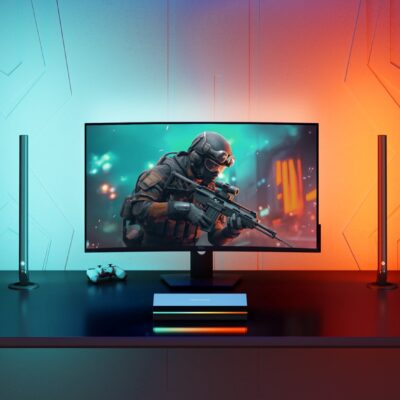
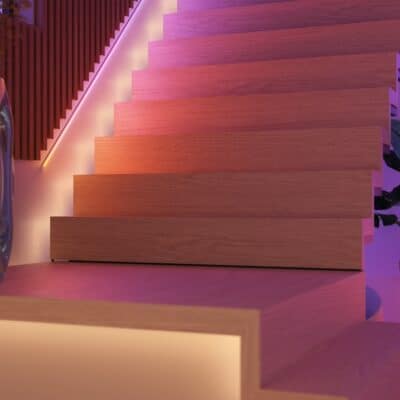
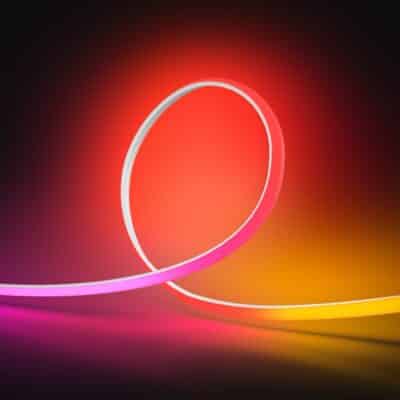
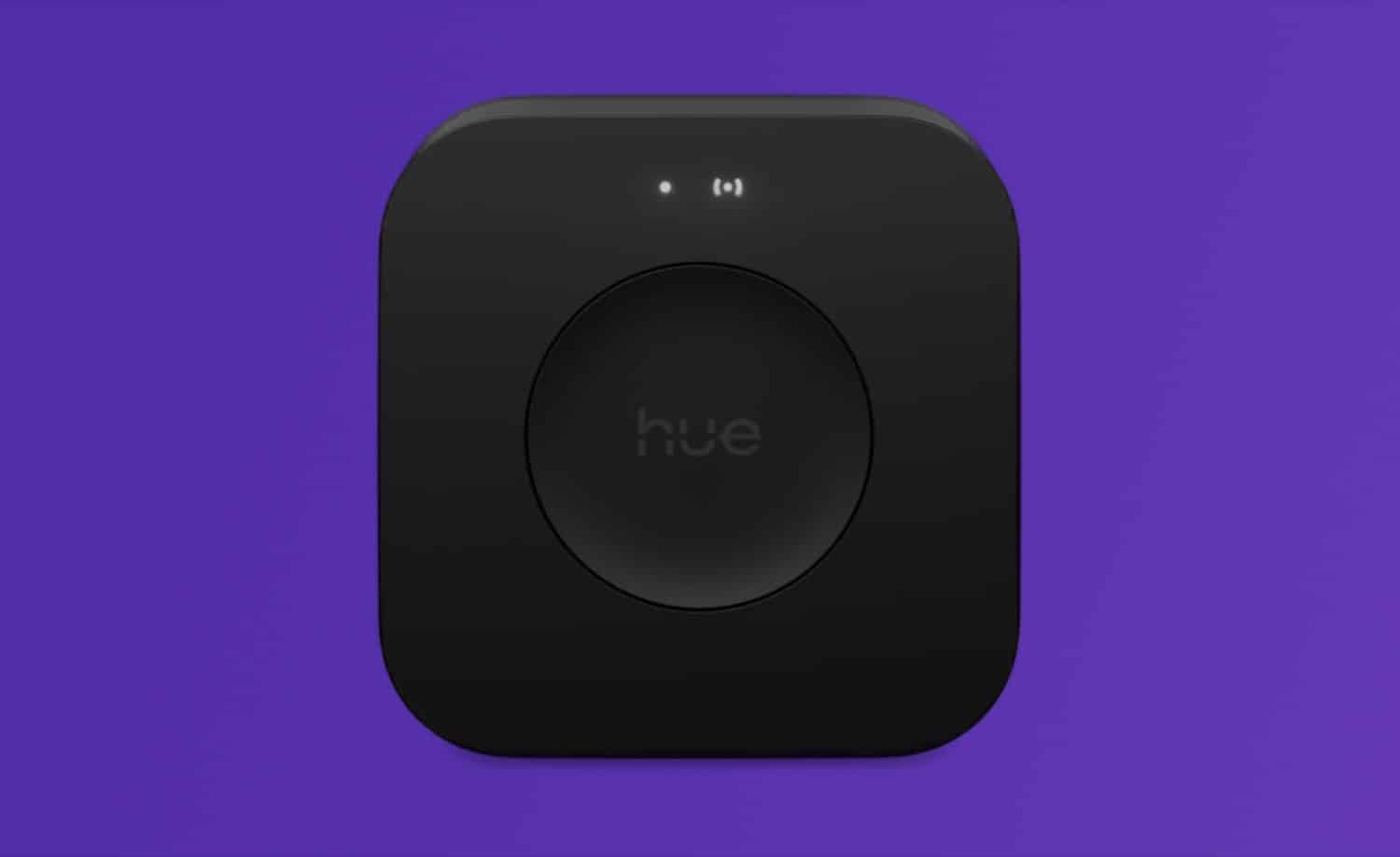
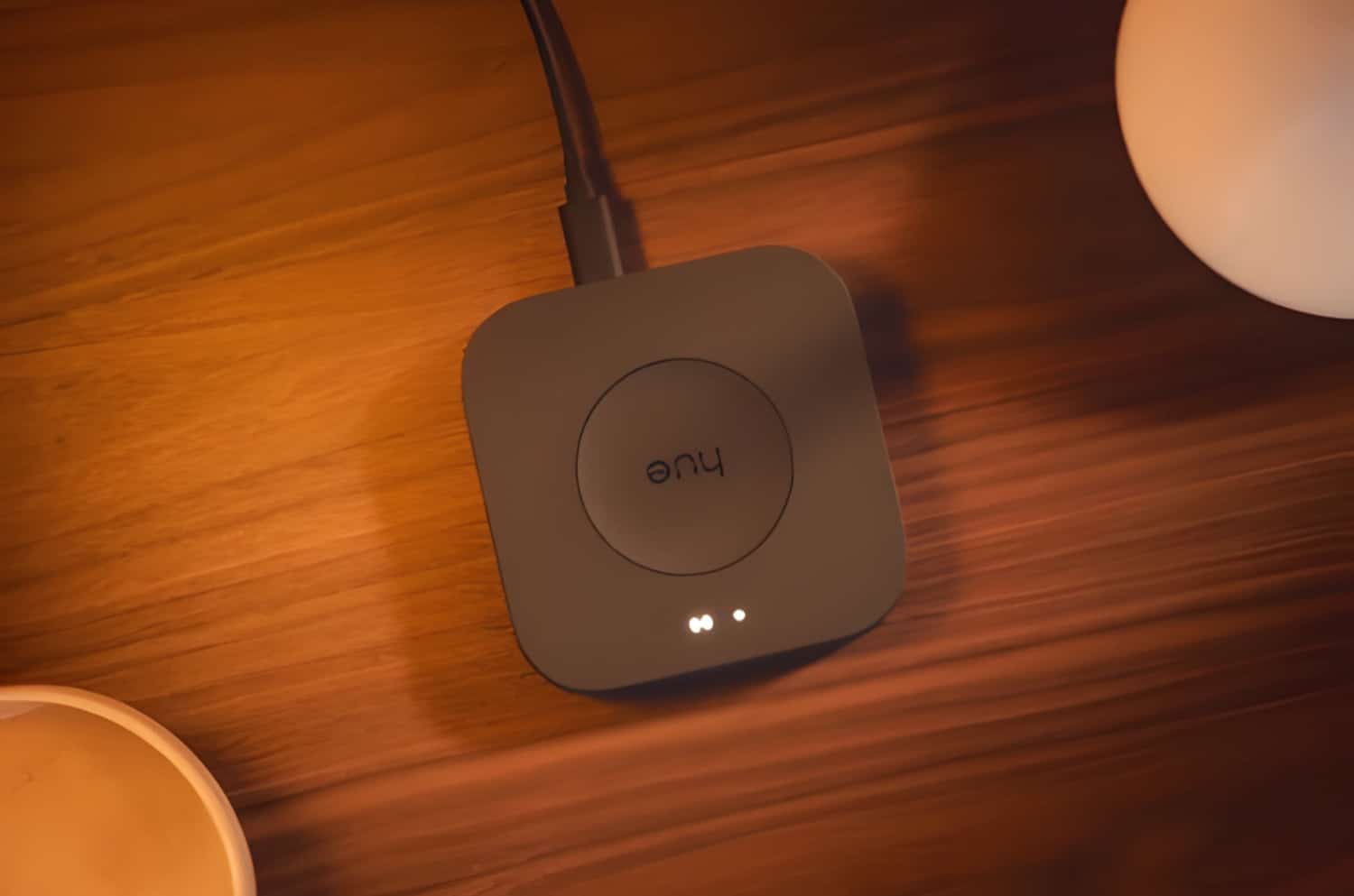


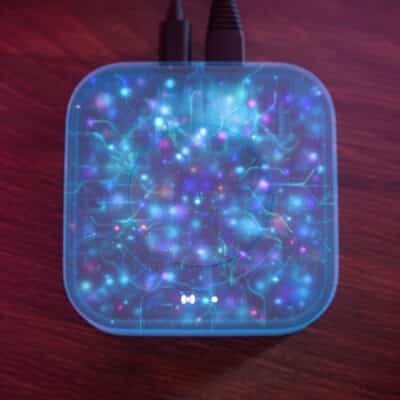
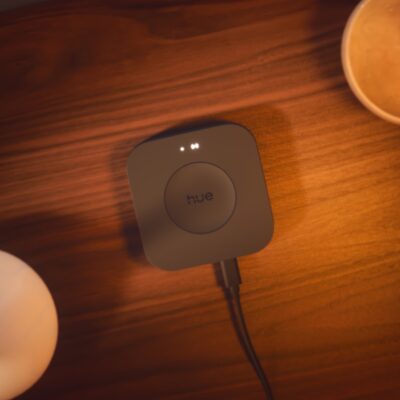
Although I also think that using three Zigbee mesh networks would be a possible solution to the legacy 50 limit per mesh, I doubt this would need to be on three ZigBee channels.
I think all the new mesh radios could use the same Zigbee channel without issue, since the Hue data traffic on each is very low and Zigbee uses Clear Channel Assessment (CCA). The chances of data colliding is therefore low but if it occurs a retry a few milliseconds later would probably not be noticed. Having said that this solution might struggle a bit with Hue systems that use a Sync Box and Entertainment Zones which requires a lot more data throughput.
A further advantage of using a single channel is ease of finding one clear channel in a congested WiFi band and not having to find three.
But another possible solution is to firmware update bulbs (plugs and lights) to be more efficient Zigbee repeaters and so permit larger mesh sizes without stability issues. But it may turn out that such higher capacity is only possible with more recent Hue devices that have more processing resources than older devices.
We shall soon see!
Pretty sure the current system uses a 6 bit addressing system, which is why there is a hard limit of 63 devices (lights and accessories) with the bridge being device 0. So they might be doing a firmware update to all the bulbs to use 8 bits, giving a hard limit of 256, but telling everyone it’s only 200 to maintain stability.
I know on a couple different current setups I’ve seen, things start getting a bit janky somewhere in the 40-50 device range. Usually in the form of very noticeable lag. Introducing a second or third bridge and splitting the zones among them removed said jank.
I don’t know how much processing power using lights for motion detection will take, so maybe they’re capping it at 200 to save processing power for that as well.
I don’t think that the number of bits used for a Hue device address is the main issue. It seems more likely that Hue devices have limited processing resources and so struggle to repeat larger mesh sizes reliably.
The issue is described by Geoarge Yianni, co-founder and head of tech at Philips Hue, in an interview in 2021. Take a look here at time index 6:35
https://www.youtube.com/watch?v=Nyrvy2HfnmA&t=446s
How is the pro able to operate on 1 channel now that it’s released, I have 105 lights and 30 controls and all I have is one channel shown used